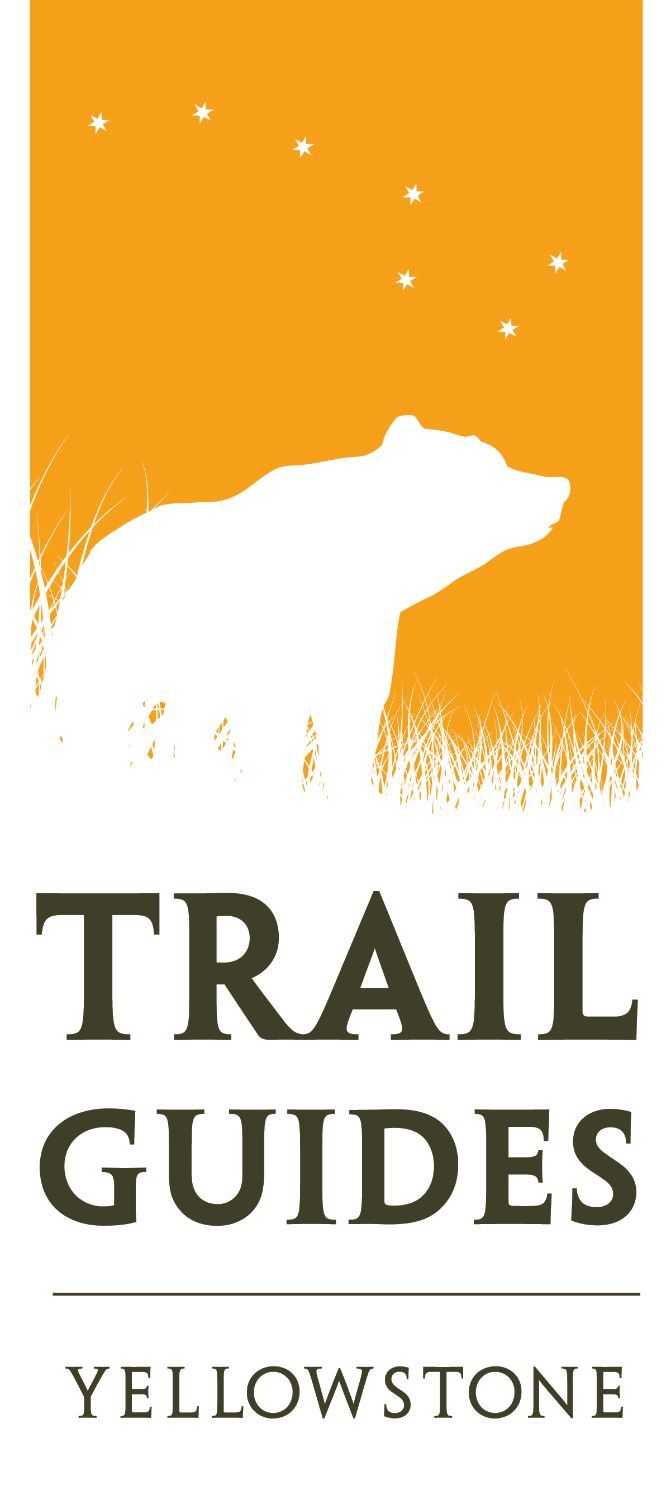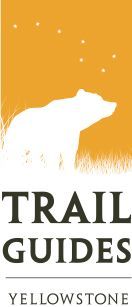Yellowstone Weather
Temperature & Precipitation Averages
Average Temperatures
Yellowstone Weather
The weather in Yellowstone can be extremely unpredictable. Be prepared for anything! The average elevation in Yellowstone is around 6,000 feet and temperatures are often on the cooler side. During the summer months the weather can change from sunny and warm, to rainy and even snowy within just a few hours. Daytime temperatures can drop significantly during rain and thunderstorms so it's important to carry a variety of clothing when hiking or backpacking.
If you're new to hiking and backpacking you may need to experiment with different types of clothing and layering systems to find the best solution for regulating your own body temperature. Clothing that works for one individual may be inadequate for another. Regardless, always carry adequate rain gear and extra layers no matter what the forecast may indicate.
| Month | Highs | Lows |
|---|---|---|
| January | 28ºF, -2ºC | 10ºF, -12ºC |
| February | 34ºF, 1ºC | 13ºF, -11ºC |
| March | 40ºF, 4ºC | 17ºF, -8ºC |
| April | 49ºF, 9ºC | 26ºF, -3ºC |
| May | 60ºF, 16ºC | 34ºF, 1ºC |
| June | 70ºF, 21ºC | 41ºF, 5ºC |
| July | 80ºF, 26ºC | 47ºF, 8ºC |
| August | 78ºF, 26ºC | 45ºF, 7ºC |
| September | 68ºF, 20ºC | 37ºF, 3ºC |
| October | 56ºF, 13ºC | 29ºF, -1ºC |
| November | 39ºF, 4ºC | 19ºF, -7ºC |
| December | 30ºF, 0ºC | 12ºF, -11ºC |
Average Precipitation
| Month | Rain | Snowfall |
|---|---|---|
| January | 1.0" | 14.5" |
| February | .75" | 10.4" |
| March | 1.1" | 13.1" |
| April | 1.2" | 5.9" |
| May | 2.0" | 1.5" |
| June | 1.5"C | 0.1" |
| July | 1.5" | 0.0" |
| August | 1.4" | 0.0" |
| September | 1.3" | 0.5" |
| October | 1.0" | 3.7" |
| November | 1.0" | 9.0" |
| December | 1.0" | 13.5" |
Hypothermia
The weather in Yellowstone is anything but predictable. If you're hiking or backpacking you need to be prepared for anything, including snow during the summer. This may sound absurd but given Yellowstone's elevation, it's actually not uncommon. Warm sunny days can change within minutes and if you're unprepared and miles from the trailhead you may run the risk of hypothermia.
Hypothermia
Hypothermia is a condition where the body is no longer capable of maintaining its core temperature of 98.6º F (37º C) and is losing heat faster than it can generate it. Heat loss can happen for a variety of reasons and some are more obvious than others. Falling into a stream or getting soaked by a cold rain will cause heat loss through conduction. Wind chill or exposure is often the most common form of heat loss and in conjunction with wet clothing can rapidly change your bodies temperature. Keeping yourself warm and dry is crucial and requires the right clothing to protect against the elements. Understanding the symptoms and addressing them quickly will help you avert a potentially life threatening condition.
Signs of Mild Hypothermia
- Motor skills are reduced
- Impaired judgement
- Apathy
- Person is confused
Signs of Moderate Hypothermia
- Uncontrollable shivering
- Speech becomes slurred
- Coordination is greatly reduced
- Poor decision making
Signs of Severe Hypothermia
- Person no longer shivers
- Rigid muscles
- Respiration and pulse are very shallow
- Person may or may not be conscious
Treatment for hypothermia depends on the severity. If clothing is wet it must be removed and replaced. The individual should be moved to a location that offers protection from the wind, rain or snow. Refuel the body with high-energy snacks and warm drinks if available to help generate additional heat. If exhaustion is not a factor, keep moving to maintain the body's core temperature. If these methods are ineffective and the symptoms of hypothermia persist you may need to make a temporary shelter and campfire. Place the person on a sleeping pad and wrap the individual in a sleeping bag (if both are available), or any additional dry clothing. Place heated water bottles or chemical heat packs near the groin, neck, feet and hands. Make sure these items do not come into direct contact with the person's skin. Place heated water bottles inside a bandana or an extra sock to add a protective barrier between the skin. This will prevent any possible burns from hot water bottles or chemical heat packs. Make sure all water bottle caps are tightly secured to prevent any unwanted leaks from inadvertently soaking dry clothing or sleeping bags.
If you spend a great deal of time outdoors we highly recommend that you participate in a wilderness first-aid course to help prepare for any emergencies that may arise while traveling in the backcountry. The Red Cross is often the best place to start and the National Outdoor Leadership School (NOLS) offers a variety of classes and training for every level of outdoor enthusiast.


